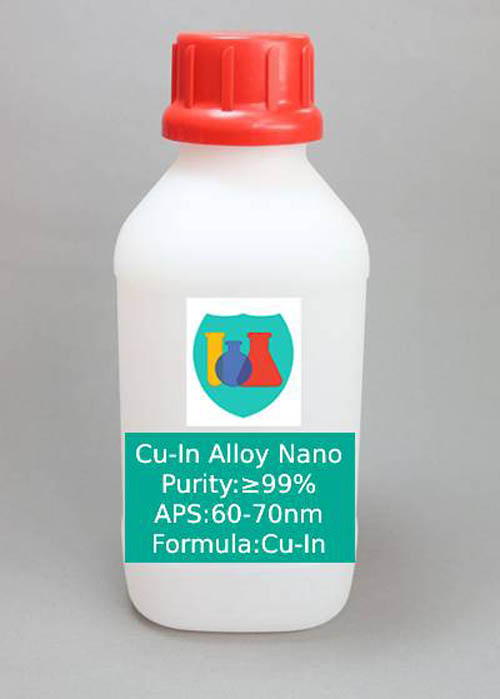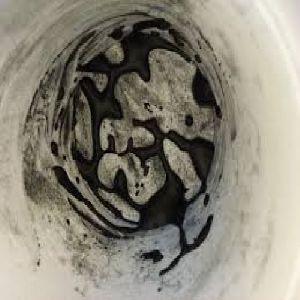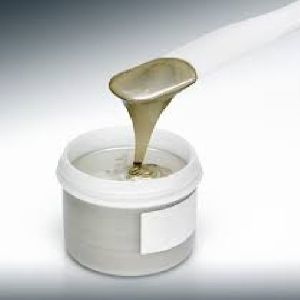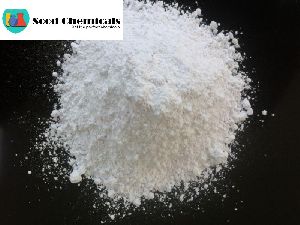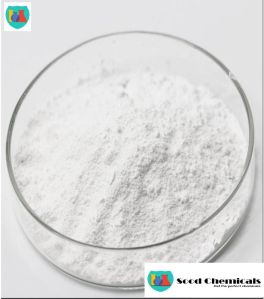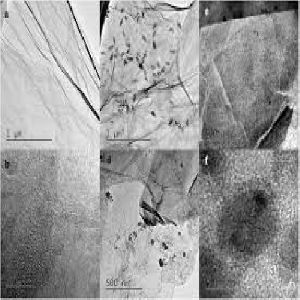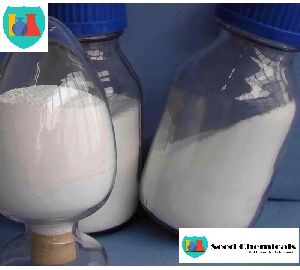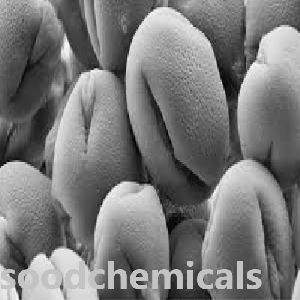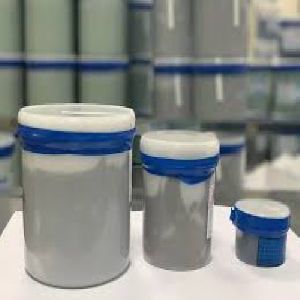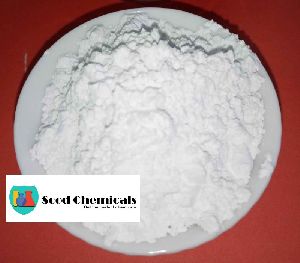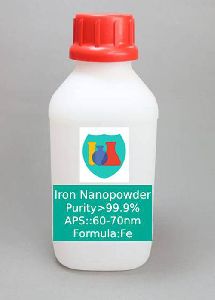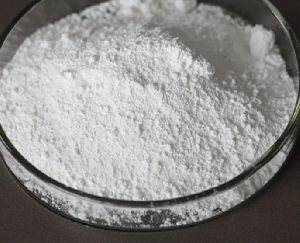Kurukshetra, Haryana
- GST NO. : 06HHVPK3908L1ZL
50 Gram (MOQ)
| Business Type | Manufacturer, Exporter, Supplier |
| Pack Size | 10 gram, 50gram, 100gam ,250gram, 500 gram |
| Cas No | 7440-50-8 / 7440-74-6 |
| Appearance | Powder |
| Click to view more | |
Preferred Buyer From
| Location | Worldwide |
Product Details
Copper nanoparticles with great catalytic activities can be applied to biosensors and electrochemical sensors. Redox reactions utilized in those sensors are generally irreversible and also require high overpotentials (more energy) to run. In fact, the nanoparticles have the ability to make the redox reactions reversible and to lower the overpotentials when applied to the sensors. A polyacrylamide hydrogel with copper nanoparticles inside is able to determine glucose levels in a sample added to the gel. As phenylboronic acid groups on the hydrogel polymers bind the glucose molecules, the gel becomes swollen. As a result, the copper nanoparticles move apart, changing how incident light is diffracted by the gel. As the glucose levels decrease, the color of gel changes from red to orange to yellow to green.
One of the examples is a glucose sensor. With the use of copper nanoparticles, the sensor does not require any enzyme and therefore has no need to deal with enzyme degradation and denaturation. As described in Figure 3, depending on the level of glucose, the nanoparticles in the sensor diffract the incident light at a different angle. Consequently, the resulting diffracted light gives a different color based on the level of glucose. In fact, the nanoparticles enable the sensor to be more stable at high temperatures and varying pH, and more resistant to toxic chemicals. Moreover, using nanoparticles, native amino acids can be detected. A copper nanoparticle-plated screen-printed carbon electrode functions as a stable and effective sensing system for all 20 amino acid detection.
Related Product :
- Ni-Ti 60 nm, Ni:Ti/50:50
- Sn-Cu 40-100 nm, SN:CU/9:1
- Sn-Cu 40-100 nm, SN:CU/1:9
- Sn-Cu 40-100 nm, SN:CU/92:8
- Fe-Ni-Co 40-100nm, Fe:Ni:Co/55:28:17
- Fe-Ni 40-100 nm, Fe:Ni/5:5
- Fe-Ni 40-100 nm, Fe:Ni/2:8
- Fe-Cr-Co 40-100nm, Fe:Cr:Co/64:25:11
- Cu-Zn 40nm Cu:Zn/5:5
- Cu-Zn 40-100 nm, Cu:Zn/5:5
- Cu-Zn 40-100 nm, Cu:Zn/6:4
- Ag-Cu Nanopowder, 99.9%, <100nm
- Ag-Sn Nanopowder, 99.9%, <100nm
- Ni-Cr-Co Nanopowder, 99.9% <100nm
- Ni-Fe-Mo 40nm 99.9%
- Ni-Fe-Cr 40nm 99.9%
- Al-Si Nanopowder, 99.9% <100nm
- Cr17-Ni14-Mo2-Fe65-Mn1.5 Nanopowder
- Cu-Ni Nano Alloy Powder
- Cu-In Nano Alloy Powder
- Ag-In Nano Alloy Powder
- Cu-In-Ga Nano Alloy Powder
- Cu-In-S Nano Alloy Powder
Looking for "Cu In Alloy Nanopowder" ?
Explore More Products


